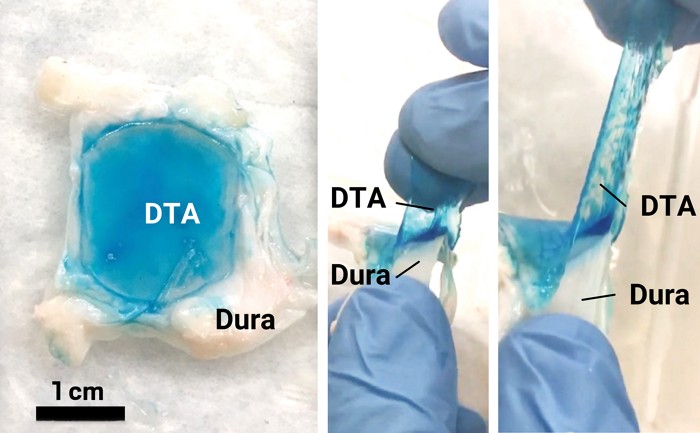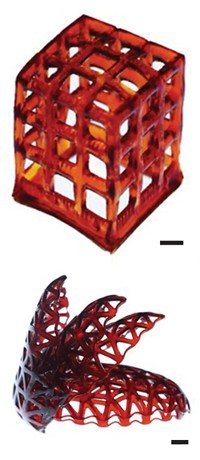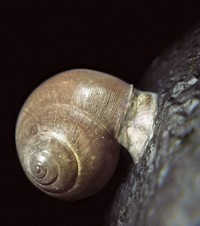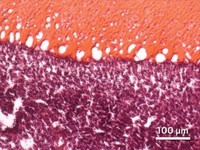Advertisement
Grab your lab coat. Let's get started
Welcome!
Welcome!
Create an account below to get 6 C&EN articles per month, receive newsletters and more - all free.
It seems this is your first time logging in online. Please enter the following information to continue.
As an ACS member you automatically get access to this site. All we need is few more details to create your reading experience.
Not you? Sign in with a different account.
Not you? Sign in with a different account.
ERROR 1
ERROR 1
ERROR 2
ERROR 2
ERROR 2
ERROR 2
ERROR 2
Password and Confirm password must match.
If you have an ACS member number, please enter it here so we can link this account to your membership. (optional)
ERROR 2
ACS values your privacy. By submitting your information, you are gaining access to C&EN and subscribing to our weekly newsletter. We use the information you provide to make your reading experience better, and we will never sell your data to third party members.
Adhesives
Tough adhesive could aid in neurosurgery
Adhesive inspired by slug mucus seals wet nervous system tissue better than commercial glues
by Prachi Patel
March 26, 2024

A strong, stretchy hydrogel adhesive tightly seals protective nervous system tissue better than commercially available glues and could help prevent complications from neurosurgery (Sci. Transl. Med. 2024, DOI: 10.1126/scitranslmed.adj0616). Unlike existing glues, “our adhesive interacts very well with wet, moving tissue surfaces,” says Benjamin Freedman, a bioengineer at Harvard University.
Up to one-third of patients undergoing neurosurgery can experience dangerous complications due to leakage of cerebrospinal fluid, the nourishing, protective fluid that surrounds the nervous system. Surgeons prevent such leaks by suturing the dense dural membrane that covers the brain and spinal cord.
Because it can be challenging to create a leak-proof seal with sutures, surgeons often also use glues. But commercially available dural glues, typically made of polyethylene glycol hydrogels, do not adhere strongly to wet tissue, and they fracture easily, Freedman says.
Freedman, neurosurgeon Kyle Wu of the Ohio State University, chemical engineer
In mechanical tests, surgical glues broke apart when stretched or compressed, while the new adhesive did not show any damage. The researchers also tested the new adhesive and a commercial glue to close incisions in the dural membranes in live pigs. With mild increases in fluid pressure, the commercial product failed 40% of the time, while the new one withstood much higher pressures. The new material has the potential to supplant sutures, Freedman says.
But first, like sutures, the sealant would need to be made easily removable or dissolvable, says Michael McDowell, a neurosurgeon at the University of Pittsburgh. If the researchers can do that, he says, given the material’s superior adhesion over that of commercial glues, the material could be very valuable. “I’m cautiously optimistic,” he says. “There’s always room for improvement because current adhesives are not perfect. We’re always interested in potential new ways to enhance our ability to close wounds in general.”





Join the conversation
Contact the reporter
Submit a Letter to the Editor for publication
Engage with us on Twitter